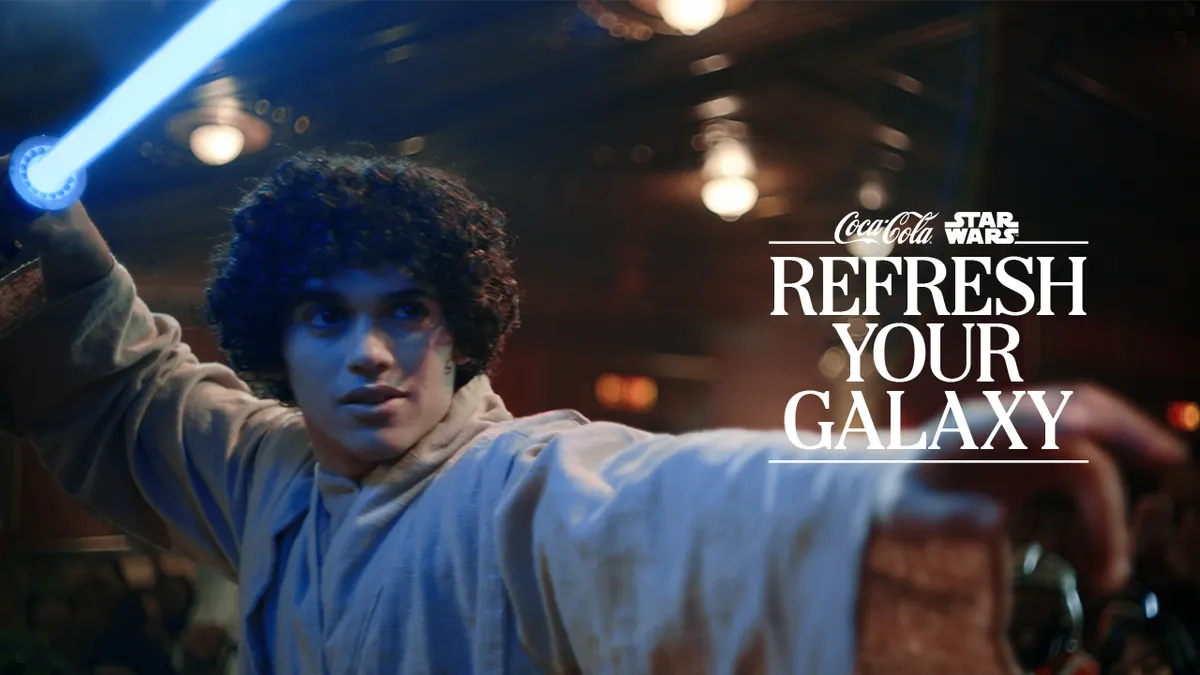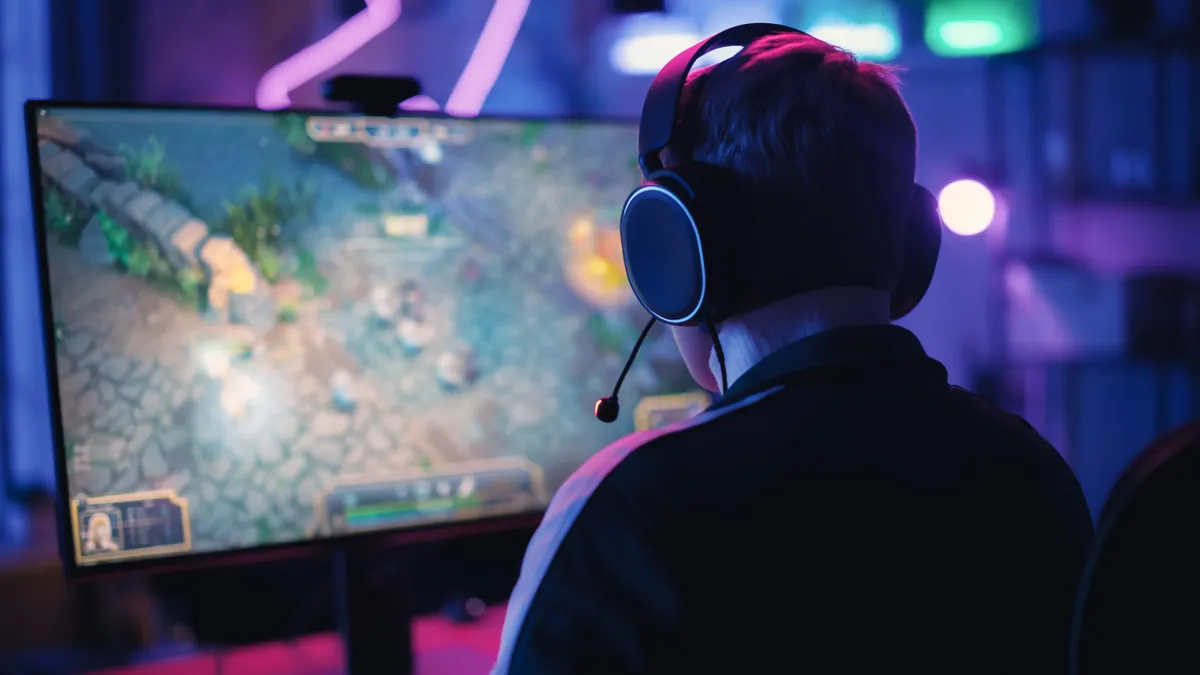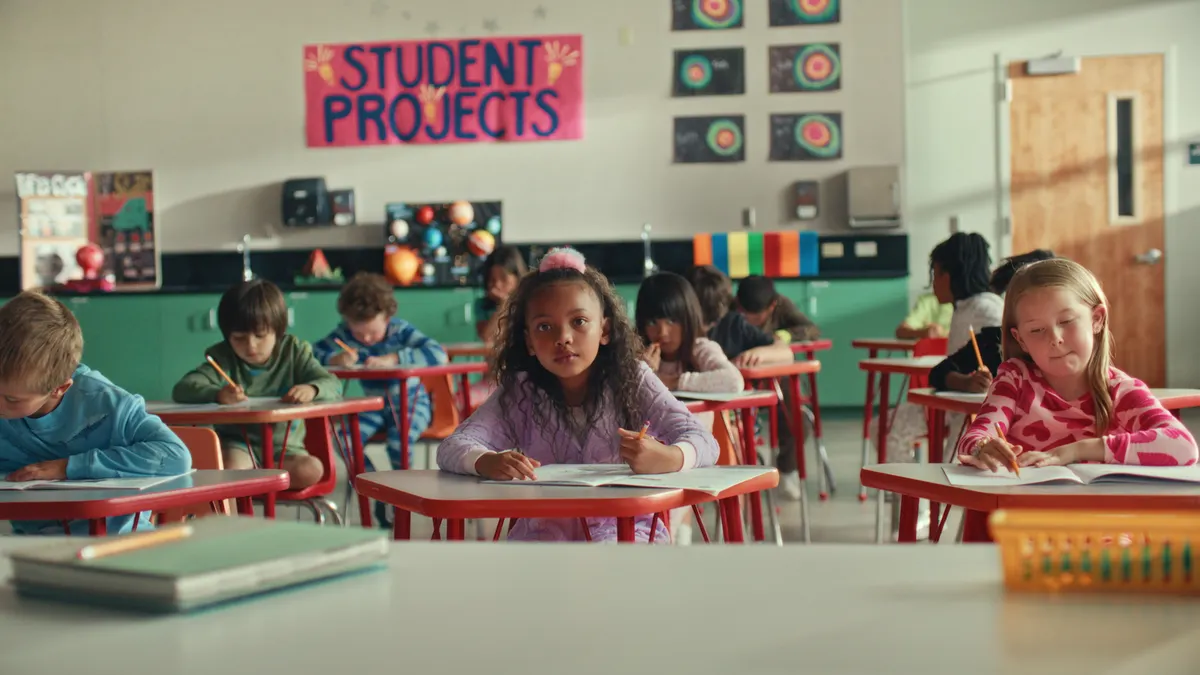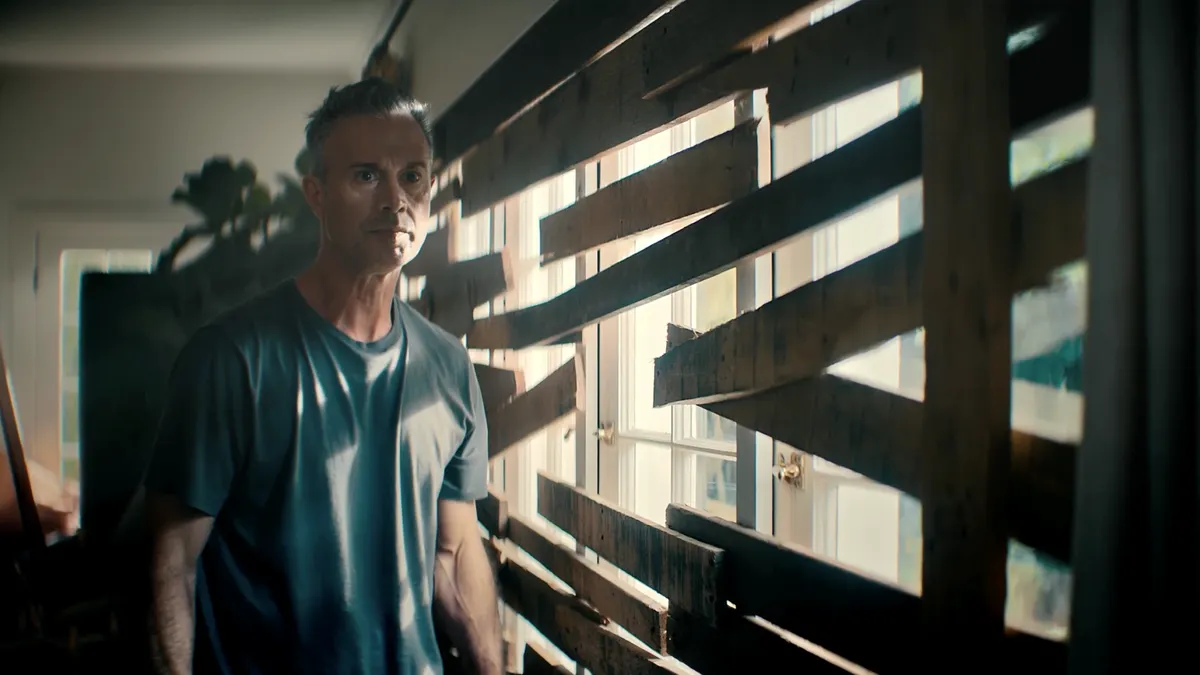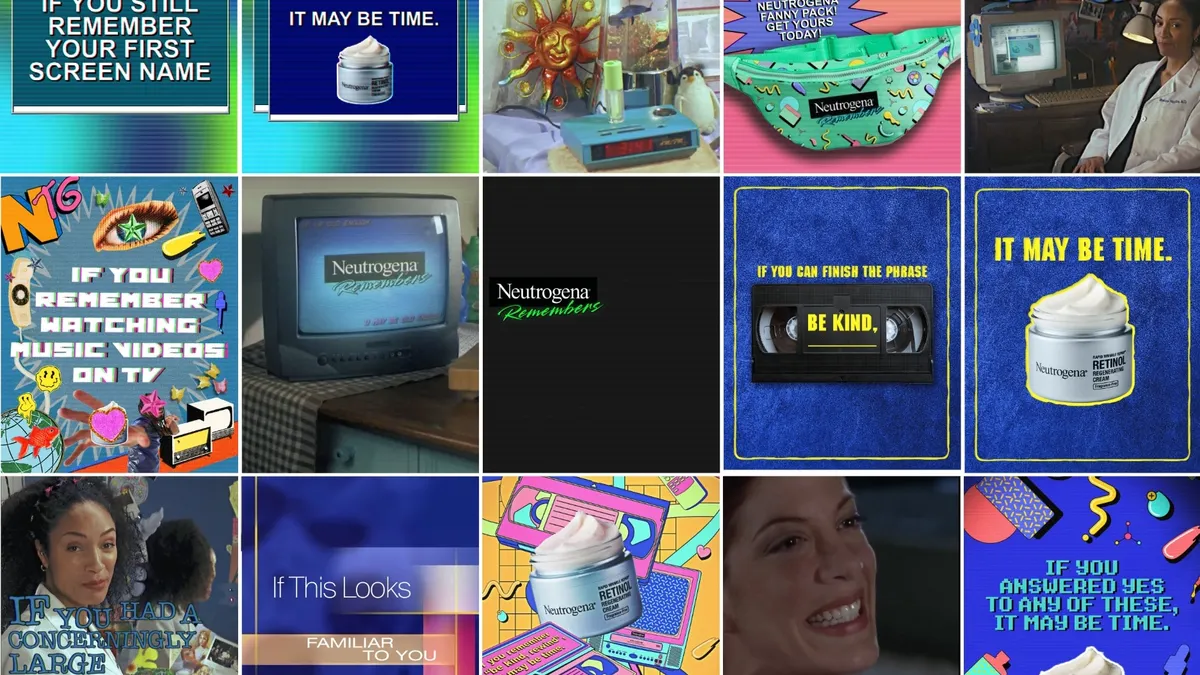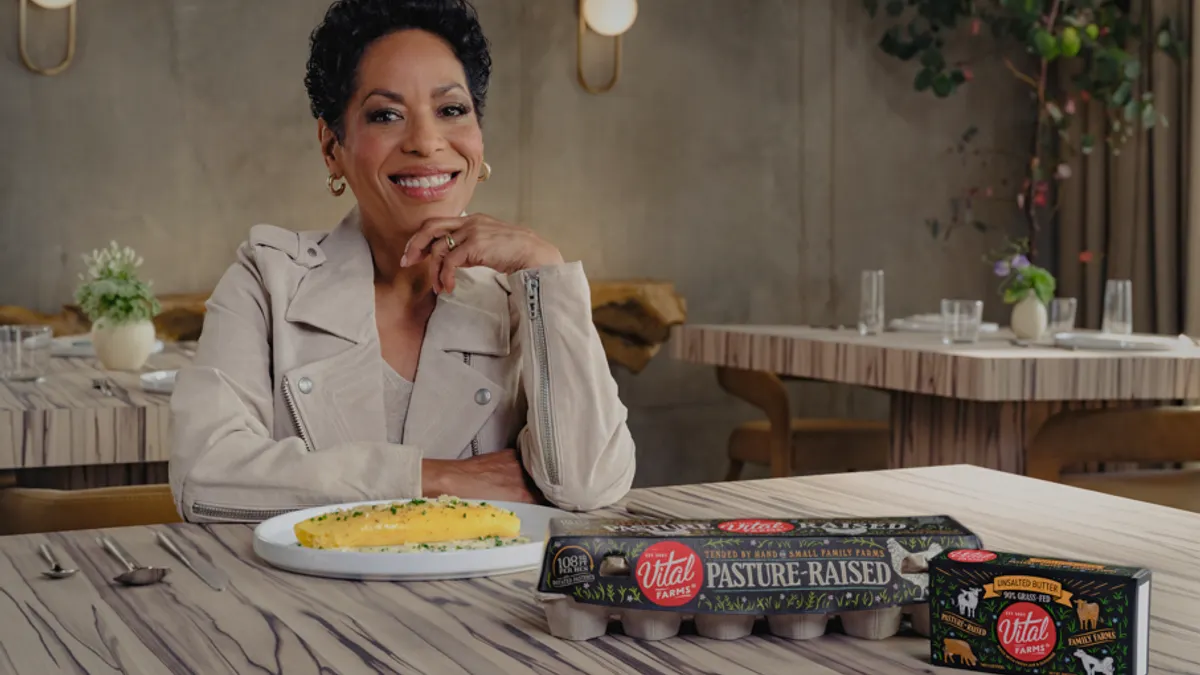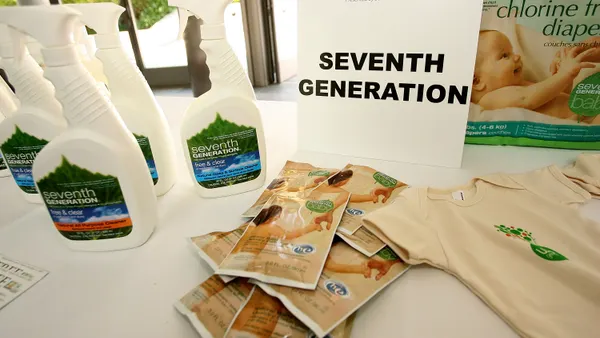NEW YORK — In the chase to win over Gen Z, retailers have increasingly turned to the creator economy, relying on online personalities to engage an audience that has tuned out traditional media. At the National Retail Federation’s (NRF) Big Show last weekend, brand representatives from Hollister and Forever 21 — two stores targeted at the younger crowd — discussed how creators have grown to play a more substantial role in their strategies, spreading far past one-off sponsored #ad posts to areas like product development.
Forever 21 has phased out traditional models in some of its communications to throw a spotlight on its creator partners and user-generated content, including on channels like email and its website. Creators also helped promote a tie-up with Mattel’s Barbie last year that touched across video, live events and a metaverse activation on Roblox.
Going a step further, Hollister in 2021 launched Social Tourist, a collaboration with TikTok royalty the D’Amelio sisters. The Abercrombie & Fitch company first reached out to the sibling duo for more straightforward marketing efforts in 2020 but kept up a steady rapport that resulted in a standalone sub-brand just a few months later.
“A couple of years ago, Hollister and all of our brands really moved our creator/influencer strategy from a paid to post or pay-per-campaign model to a long-term, symbiotic relationship-building program,” said Jacee Scoular, senior director of brand strategy and communications at Hollister, on a panel Sunday. “Social Tourist is probably our beacon example of how the brand has done that.”
Speakers also emphasized the difficulty of staying up to speed on fast-moving creator trends while developing a well-thought-out business plan. Measurement, particularly the desire to prove that splashy social efforts translate to concrete results, remains another obstacle even as the creator economy matures.
“So many of the channels we focus on, we look at return on ad spend … I spent $1, how much did it bring in?” said Jacob Hawkins, chief marketing, digital and omnichannel officer at Forever 21. “The challenge with social is, if we were to go and optimize our different marketing channels based upon that, we would shut it off. It has a lower return on ad spend. It's very much upper funnel.”
Hollister and others in the retail category have recently been pinched by inflation, which contributed to a softer back-to-school season. Forever 21 is in the midst of a turnaround plan after filing for bankruptcy in 2019.
New solutions — and strain
As retailers try to iron out the kinks of a creator-first approach, more sophisticated data solutions are coming into play. Forever 21 is in the middle of implementing a customer data platform that can provide better visibility into how online efforts translate to store visits and sales, according to Hawkins.
“It's more of an art than a science,” the executive said.
Hollister for its part is applying data and analytics to figure out the most effective uses of various creators. A macro influencer with massive follower counts is likely better suited to a brand awareness play compared to affiliates, who are focused on bottom-of-the-funnel activities, per Scoular. The retailer also runs a Hollister Creator Collective composed of dozens of mid-sized influencers who work with the brand in a year-round fashion to drive brand consideration and purchase intent.
“These fans are seeing our content in their feeds not just once for a lot of money, but they're seeing them every month, sometimes more times,” said Scoular.
“We're working with around 1,000 creators right now, pretty much any given day,” she added later.
Programs like the Creator Collective allow Hollister to cast a wide net toward Gen Z — which is the most diverse generation to reach maturity — but can also make fostering deeper relationships with talent a tall order.
Hollister tries to preserve a connection by doing things like giving out birthday gifts or recognizing major events in its creator partners’ lives, such as their first job or going to college. But both Scoular and Hawkins noted that their internal teams at the end of the day are small, a situation that might need to change as creators continue to expand their footprint and command Gen Z’s loyalty.
“I have five people on my team across three brands,” said Scoular. “They stay busy. You need more than that.”








